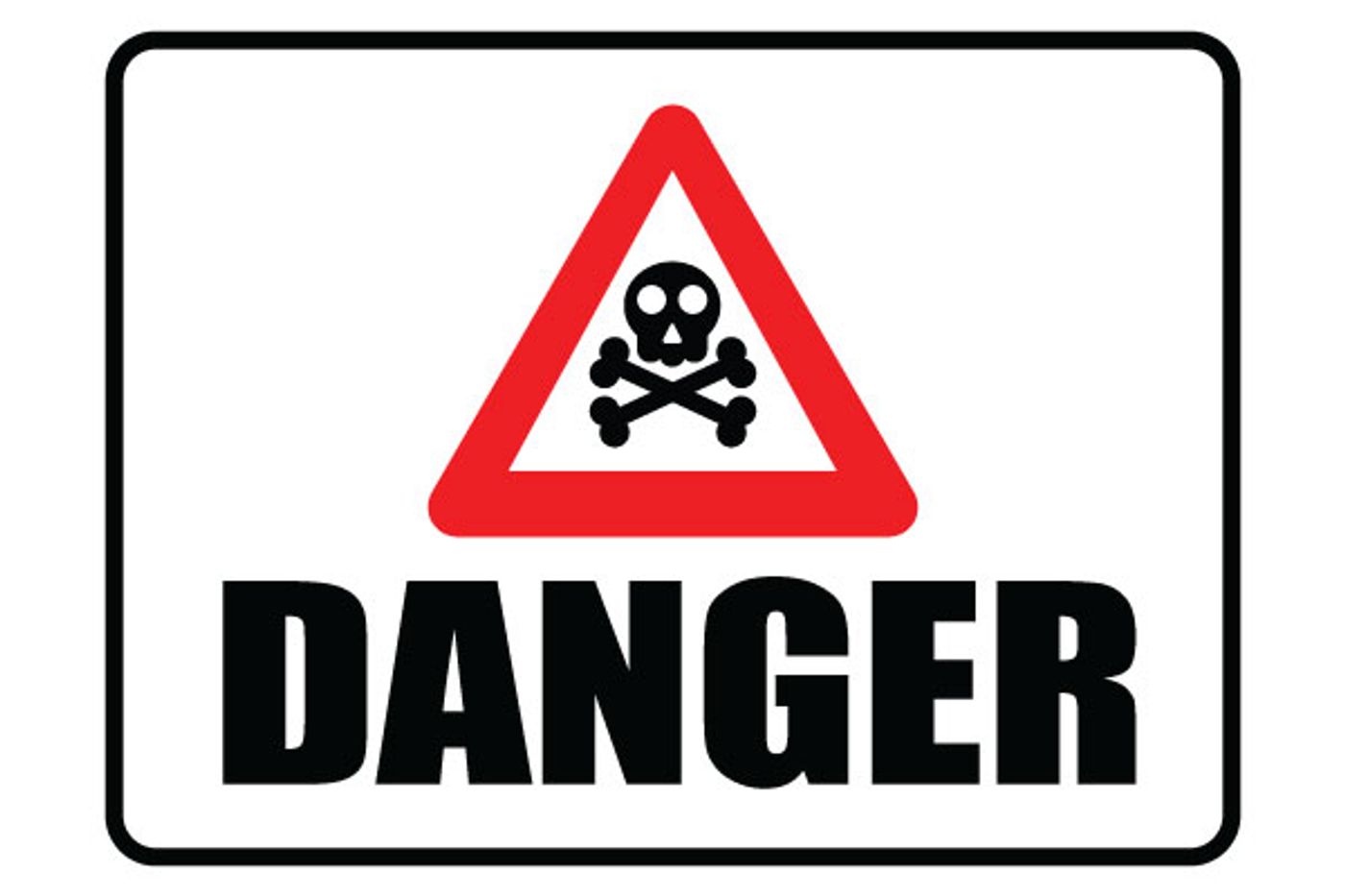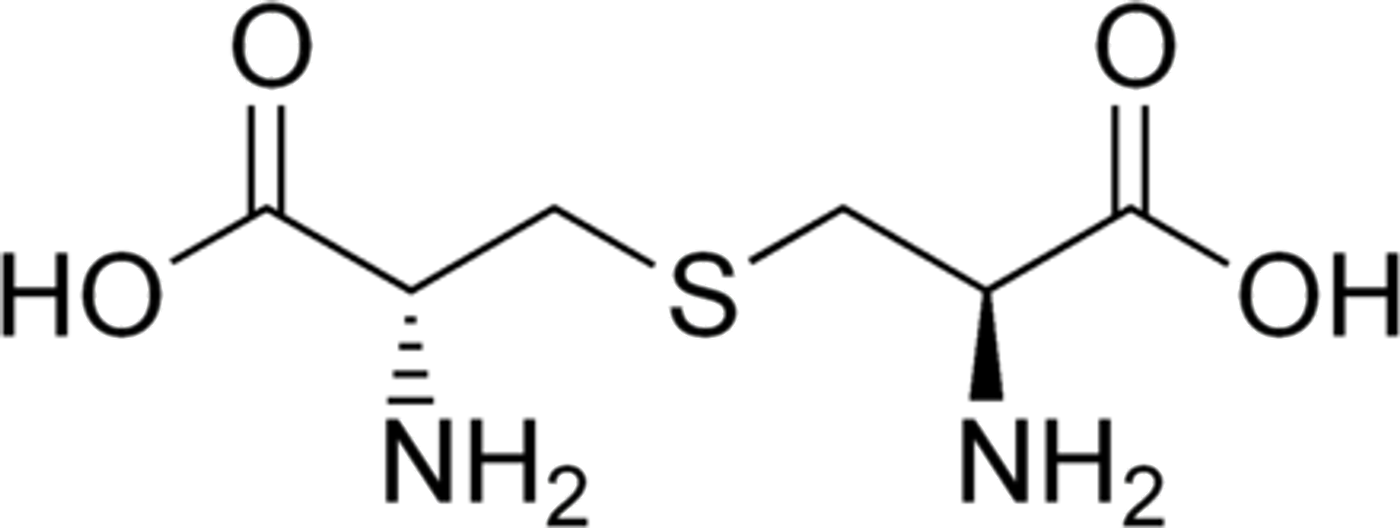Bacteriocins - good, bad, and ugly
Bacteriocins are toxins made by one bacterium to kill other bacteria. Not very nice, but it’s a tough world out there.
André Gratia gets credit for discovering the first bacteriocin back in 1925. He named it “colicine” - aptly named because it killed E. coli. Bacteriocins are proteins, but their structure and function are quite diverse. As such, there are a handful of methods used to classify them. I don’t want to go down that rabbit hole, so I’ll just touch on the basics.
First off are colicins, these are bacteriocins made by Gram-negative bacteria, and they have a high molecular weight (25-80 kDa). Once translocated into a bacterial cell, specific colicins kill that cell in different ways. For example, some colicins form pores in the bacteria’s inner membrane. This causes cytoplasmic contents to leak into the periplasmic space, and important electrochemical gradients are disrupted, culminating in cell death.
Some colicins act as nucleases - they degrade DNA and RNA (obviously bad for the cell). Still other colicins digest peptidoglycan precursors that are required to build the cell wall. Without a stable wall, the bacteria die.
Microcins are another type of bacteriocin, but these have a low molecular weight and are hydrophobic. Microcins can also kill bacteria by forming pores, while others have nuclease activity. Unlike colicins, some microcins are able to inhibit protein synthesis or DNA replication to kill cells.
Gram-positive bacteria (mostly lactic acid bacteria) also make bacteriocins, and they are similar to the microcins made by Gram-negatives. So-called lantibiotics contain the modified amino acid lanthionine. One of these lantibiotics is nisin, a polycyclic peptide made by Lactococcus lactis. Nisin actually has broad-spectrum antibiotic activity, while most bacteriocins are narrow spectrum antibiotics.
One widely recognized, and the best-studied, bacteriocin is lysostaphin. It is made by Staphylococcus simulans to kill S. aureus (talk about a family feud!). It works by cleaving the pentaglycine bridges in S. aureus peptidoglycan. Lysostaphin can even penetrate S. aureus biofilms, prompting researchers to consider its use as an antibiotic.
Did you know that your microbiome makes bacteriocins? With respect to gut microbes, there are a few different ways that bacteria may be using bacteriocins. The first is as colonizing peptides. In this case, bacteriocins may give probiotics a competitive advantage over other bacteria in the gut. Alternately, probiotic, commensal bacteria may use bacteriocins to kill pathogens.
On the other hand, probiotic bacteria may use bacteriocins as signaling peptides to communicate with other bacteria or the host’s immune system. There is research to suggest that bacteriocins can affect the behavior of dendritic cells and the production of certain cytokines.
Some researchers are interested in using bacteriocins as antibiotics. In mice, microcin J25 reduced the number of viable Salmonella bacteria, and mersacidin helped treat rhinitis caused by MRSA. Two bacteriocins, lacticin 3147 and thuricin CD, both inhibited C. difficile (in an ex vivo model). In fact, thuricin CD treated the C. difficile infection just as well as conventional antibiotics!
Last, but not least, remember nisin? Nisin is already used commercially as a food preservative and is considered safe by the FDA. Nisin is produced commercially by culturing L. lactis on milk or dextrose. Nisin is able to kill pathogens like Listeria monocytogenes, S. aureus, Bacillus cereus, and Clostridium botulinum. It can even kill spores! The outer membrane of Gram-negative bacteria usually protect cells from nisin, but they become susceptible when the membrane is damaged by heat or EDTA.
There you have it, bacteriocins are good (and bad) for bacteria, depending on how you look at it. At the end of the day, bacteriocins are definitely good for us!
Sources: Applied and Environmental Microbiology, Frontiers in Microbiology, International Journal of Food Microbiology, Wikipedia










